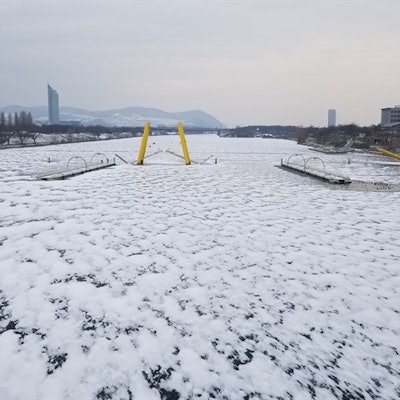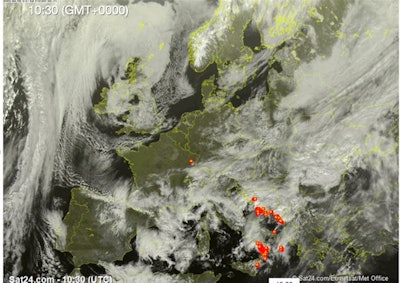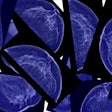
Five years on from the Beast from the East that had a major impact on ECR and caused the Danube to freeze over, there are rumors circulating of the arrival of a cold snap this week. But no severe weather pattern is likely to affect the congress, say experts.
This week's temperatures are typical at the end of February and early in March in central Europe, note weather experts, adding that delegates will be in for some daily sunshine with sporadic cloud and clear frosty nights, with temperatures during the day ranging from 4° C to 7° C most of the week and -2° C to -6° C at night.
"Those in Vienna should wrap up in warm clothes especially if out in the evening after the sun has set, but it will feel quite warm outside in the sunshine during the day, with hardly any wind over the week," noted Geoff Monk, meteorologist and founder of Mountain Weather Information Service (mwis.org.uk), based in Dumfries and Galloway, Scotland. "There has been speculation about cold air from the East arriving in Europe around about now, but different worldwide models show little indication of any air from the East in the week to come."
 Satellite showing the weather in Europe on 28 February, with cloud cover across Vienna and some storms in areas of the Mediterranean (red squares). Delegates can expect a "quiet" week in regards to weather, with little fluctuation in temperature. Satellite image courtesy of Sat24.com.
Satellite showing the weather in Europe on 28 February, with cloud cover across Vienna and some storms in areas of the Mediterranean (red squares). Delegates can expect a "quiet" week in regards to weather, with little fluctuation in temperature. Satellite image courtesy of Sat24.com.So delegates don't need to worry about disrupted travel arrangements or trudging through snow from the congress to their hotel. Instead, the week looks set to be fine with a high bright moon in clear, crisp night skies that should make for wonderful moonlit walks around the city center in the evenings.
"There are areas of stormy weather in the Mediterranean, but most of mainland Europe is in quiet mode, with just large areas of cloud and clear sky that come and go," Monk noted.
 Snow depth on the Alps this week. Map courtesy of wxcharts.com.
Snow depth on the Alps this week. Map courtesy of wxcharts.com.Despite talk of the beast's comeback, the current weather appears to be a far cry from that felt at the same time of year in 2018, when much of Europe was plunged into snow and ice. The Hartmut cold spell, also dubbed the Beast from the East by the U.K. and Irish press, was caused by a large arctic airmass with anticyclonic structure stretching from the Russian Far East to the British Isles, covering large parts of Asia and almost all of Europe. Cold northeasterly winds flowing around the anticyclone brought arctic air via Scandinavia into the British Isles, which led to extreme snowfall in the U.K. and Ireland. Meanwhile, the cold wave in much of mainland Europe had persisted for several weeks broadly due to a lack of warm Atlantic air usually brought by westerly winds.
So this week, while delegates won't need snow boots and crampons, they may need a hat and a scarf -- as well as decent sun protection cream if sitting in a park for an hour on a sunny bench between sessions!



















